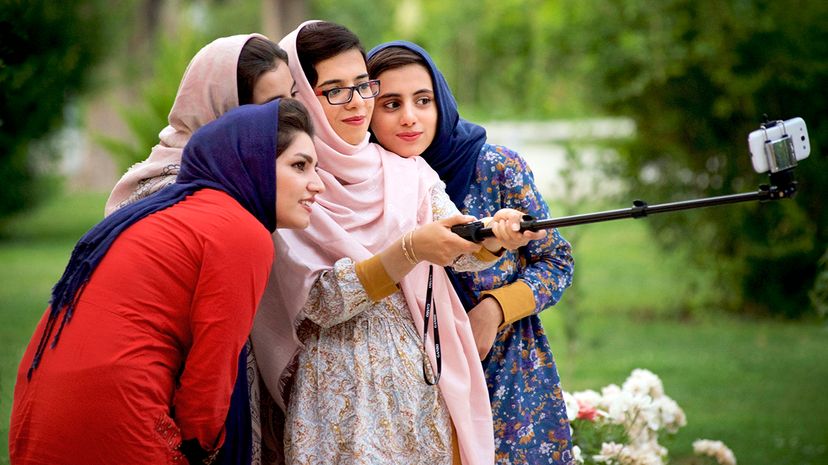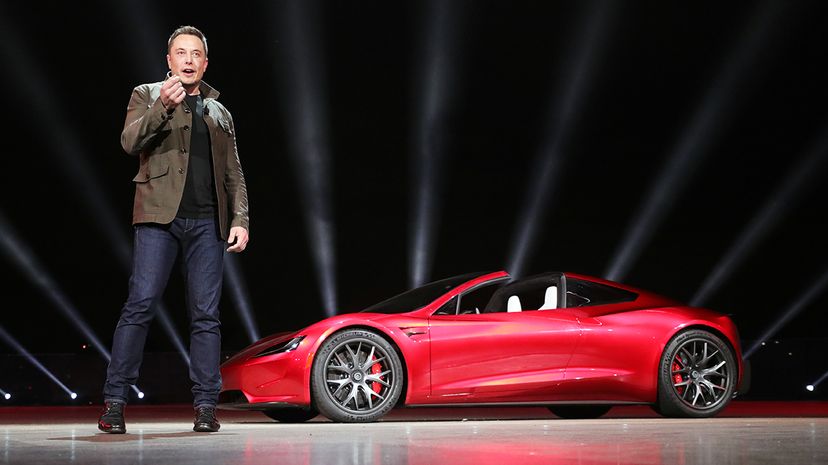
Life moves pretty fast. If you don't stop and look around once in a while, you could miss it.
Wait a minute. That's Ferris Bueller. And Ferris Bueller is like ... 55 now!
Advertisement
Truth is, life does move pretty fast. Presidents come and go — even if they're re-elected — inside the space of a decade. It's been 10 years since the binge-watching daddy of TV shows, "Breaking Bad," hit TV screens. Come and gone.
Life moves fast, all right. Here are 10 things that weren't even around just a decade ago.
Advertisement

